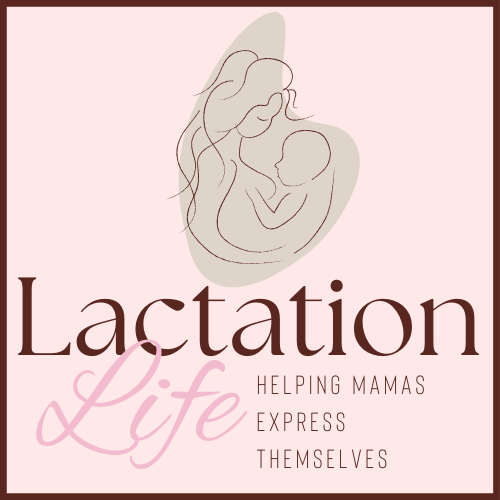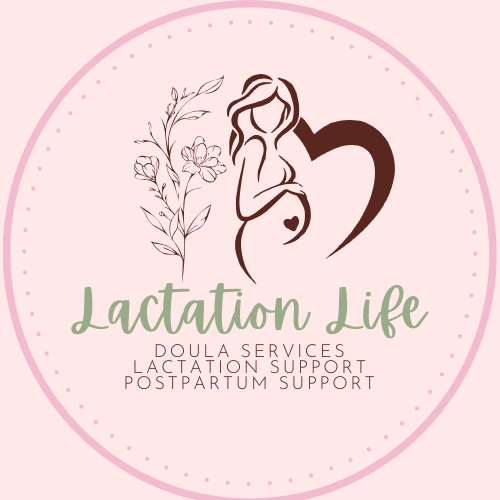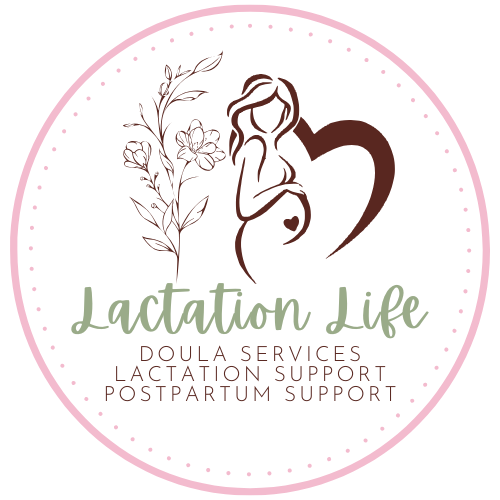Going Back to Work While Breastfeeding: A Guide for Success
Returning to work after having a baby can feel overwhelming, especially if you’re committed to continuing your breastfeeding journey. Many parents worry about how to maintain their milk supply, find time to pump, and ensure their baby gets enough breastmilk while they’re away. The good news? With the right preparation and mindset, balancing work and breastfeeding is absolutely possible.

Planning Ahead: Setting Yourself Up for Success
Know Your Rights
Before returning to work, familiarize yourself with your legal rights regarding breastfeeding. In the U.S., the Fair Labor Standards Act (FLSA) requires employers to provide break time and a private space (not a bathroom) for pumping up to one year after birth. Some states have even stronger protections, so check your local laws.
Talk to Your Employer
Have a conversation with your employer or HR department before your return date. Discuss:
Where you can pump (a private room with a chair and an outlet is ideal)
How often you’ll need breaks (typically every 2-3 hours)
Storing milk (a refrigerator or personal cooler is helpful)
Choosing the Right Pump and Accessories
A high-quality breast pump is essential for maintaining your supply at work. Consider:
Electric double pumps for efficiency
Hands-free or wearable pumps for added convenience
Extra pump parts to minimize cleaning at work
Other useful accessories include:
Storage bags or bottles for expressed milk
A cooler bag with ice packs if no fridge is available
Breast pads to prevent leaks
Building a Freezer Stash
While you don’t need an enormous supply, having a small stash of milk before returning to work can ease the transition. Start pumping 1-2 weeks before your first workday, adding a short pumping session after a morning or evening feed. Freezing 1-4 ounces per bag will make it easier to thaw just what your baby needs.
Creating a Pumping Schedule at Work
To maintain your milk supply, try to pump as often as your baby would normally nurse—usually every 2-3 hours. A sample workday schedule might look like:
9:00 AM – Pump (after arriving at work)
12:00 PM – Pump (lunchtime session)
3:00 PM – Pump (afternoon session)
Each session should last 15-20 minutes, plus additional time for setup and cleanup. Sticking to a schedule helps signal your body to keep producing milk.
Storing and Transporting Breastmilk
Freshly pumped milk can stay at room temperature (up to 4 hours), in the fridge (up to 4 days), or in the freezer (up to 6 months).
If you don’t have access to a fridge at work, store milk in an insulated cooler with ice packs until you get home.
Label bottles with the date and use the oldest milk first.
Introducing a Bottle to Baby
If your baby hasn’t taken a bottle yet, introduce it 1-2 weeks before you return to work. Have another caregiver offer a slow-flow nipple bottle, as babies sometimes refuse bottles from their breastfeeding parent. Try different temperatures and positions to find what works best.
Staying Connected with Baby
Being away from your baby can be emotionally challenging. Stay connected by:
Nursing before and after work to maximize bonding time
Using a baby blanket or clothing with your scent while pumping
Watching videos or looking at pictures of your baby during pump sessions (which can help with letdown)
Maintaining Milk Supply
If you notice a drop in supply, try:
Adding a power pumping session in the evening (pump for 10 min, rest 10 min, repeat for an hour)
Increasing skin-to-skin contact during nursing sessions at home
Staying hydrated and eating nutrient-rich foods
You’ve Got This!
Returning to work while breastfeeding takes planning and patience, but many parents successfully make it work. Be kind to yourself, and remember that every ounce of breastmilk you provide is a gift to your baby.
What has helped you navigate breastfeeding and working? Share your tips in the comments!
#BreastfeedingAtWork #WorkingMomLife #PumpingMama #BreastfeedingSupport











